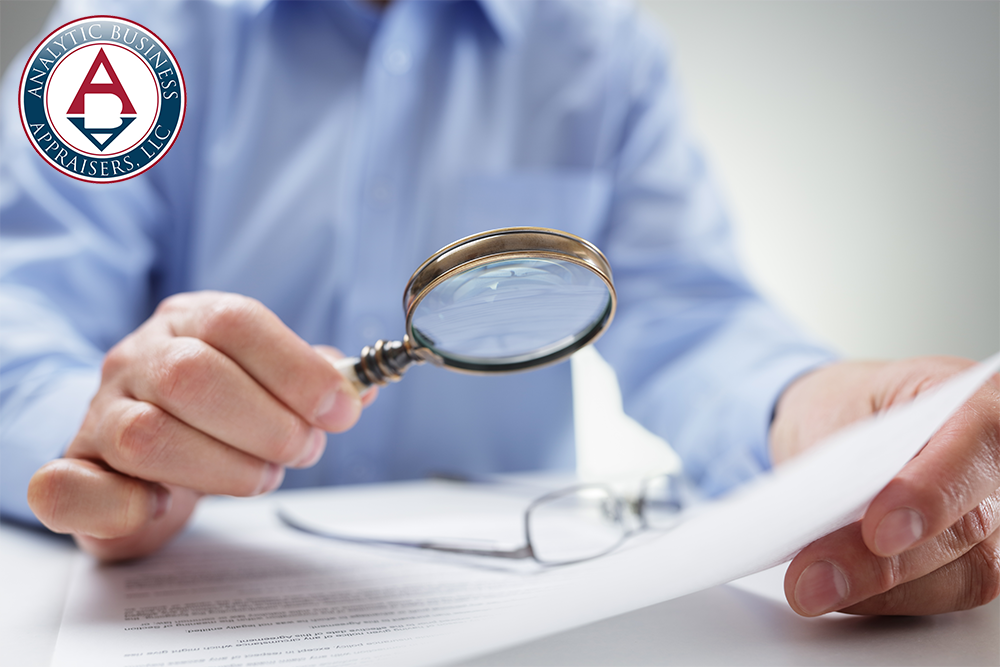Abstract: It’s probably no surprise that cash is the most popular fraud target. This article explains how forensic accounting experts identify potential cash traps, such as overbilling and phantom employee scams, and how they trace schemes through a company’s accounting systems to catch a thief.
Cash is king — even in fraud schemes
It’s probably no surprise that cash is the most popular target of fraudsters — after all, once stolen, cash itself is virtually untraceable. But that doesn’t mean forensic experts can’t unearth cash fraud schemes and the perpetrators behind them.
Identifying cash traps
How do thieves get their hands on your cash? According to the Association of Certified Fraud Examiners, there are three main categories of cash fraud: 1) theft of cash on hand, 2) theft of cash receipts, and 3) fraudulent disbursements.
The last category comprises many of the most frequently executed schemes, such as overbilling and “ghost” vendor or employee schemes. For example, in overbilling scams, vendors usually submit inflated invoices by overstating the price per unit or the quantity delivered. A dishonest vendor also might submit a legitimate invoice multiple times. Overbilling may involve collusion with employees of the victim organization, who typically receive kickbacks for their assistance.
Employees also can conduct billing fraud on their own, submitting bogus invoices payable to a fictitious vendor and diverting the payments to themselves. Similarly, an employee might set up payroll disbursements to nonexistent ghost employees.
Tracing the schemes
Cash can be difficult to trace once it’s in the hands of a fraudster. But forensic experts can uncover fraud by tracing the path stolen cash took before the fraudster pocketed it, including who “touched” the cash and what prompted its flow out of the organization. The connections they find may well point to the guilty party.
Inflated invoices, for example, often leave a trail of red flags. Experts look for invoices that bill for “extra” or “special” charges with no explanation. They scrutinize cash receipt and disbursement journals, ledger accounts, invoices and other documentation for irregular charges, round dollar amounts, or amounts just below the threshold that requires management’s signoff. They also search for discrepancies between invoice amounts and purchase orders, contracts, or inventory counts.
If forensic experts suspect fictitious billing has occurred, they often investigate accounts with no tangible deliverables — such as those for consulting, commissions and advertising — and check vendor addresses against employee addresses. Invoices with consecutive numbers or payable to post office boxes also may raise suspicion.
Returned checks can supply experts with useful information, too. For starters, fraudsters are more likely to cash checks, whereas legitimate businesses will deposit them and rarely endorse checks to third parties. Moreover, checks generally are stamped with the name of the endorser and, if deposited, the financial institution of deposit. Experts can use that information to discover a perpetrator’s identity.
Exposing ghosts
Ghost employee schemes also can be undone by virtue of tracing. Forensic experts can match nonexistent employees to current or former employees who receive the fraudulent paychecks by examining:
- Payroll lists,
- Current and former employee lists, with start and termination dates and Social Security numbers,
- Authorized deductions,
- Withholding forms,
- Personnel files, and
- Employment applications.
The information collected from these sources can provide vital links between actual and ghost employees that wouldn’t otherwise be apparent.
To catch a thief
The best defense against any type of fraud is a good offense, meaning strong internal controls. But even the strongest of controls sometimes fail to prevent a determined fraudster. When that happens, an experienced forensic accountant can help a business ferret out the fraud and track down the perp.
© 2018






